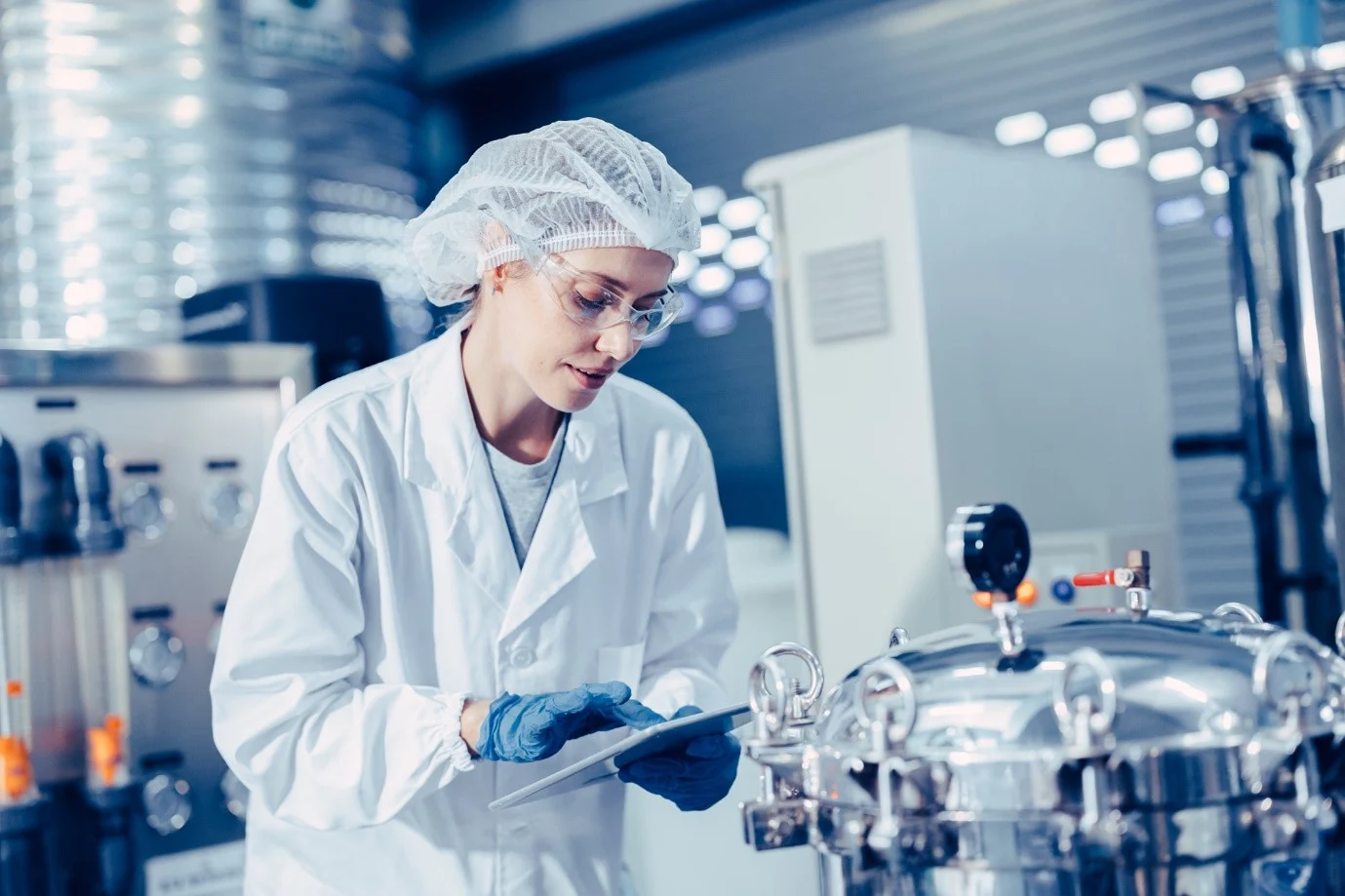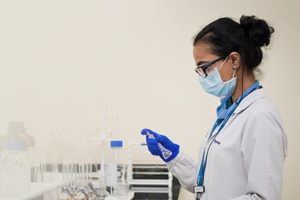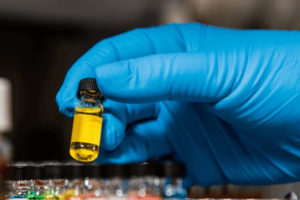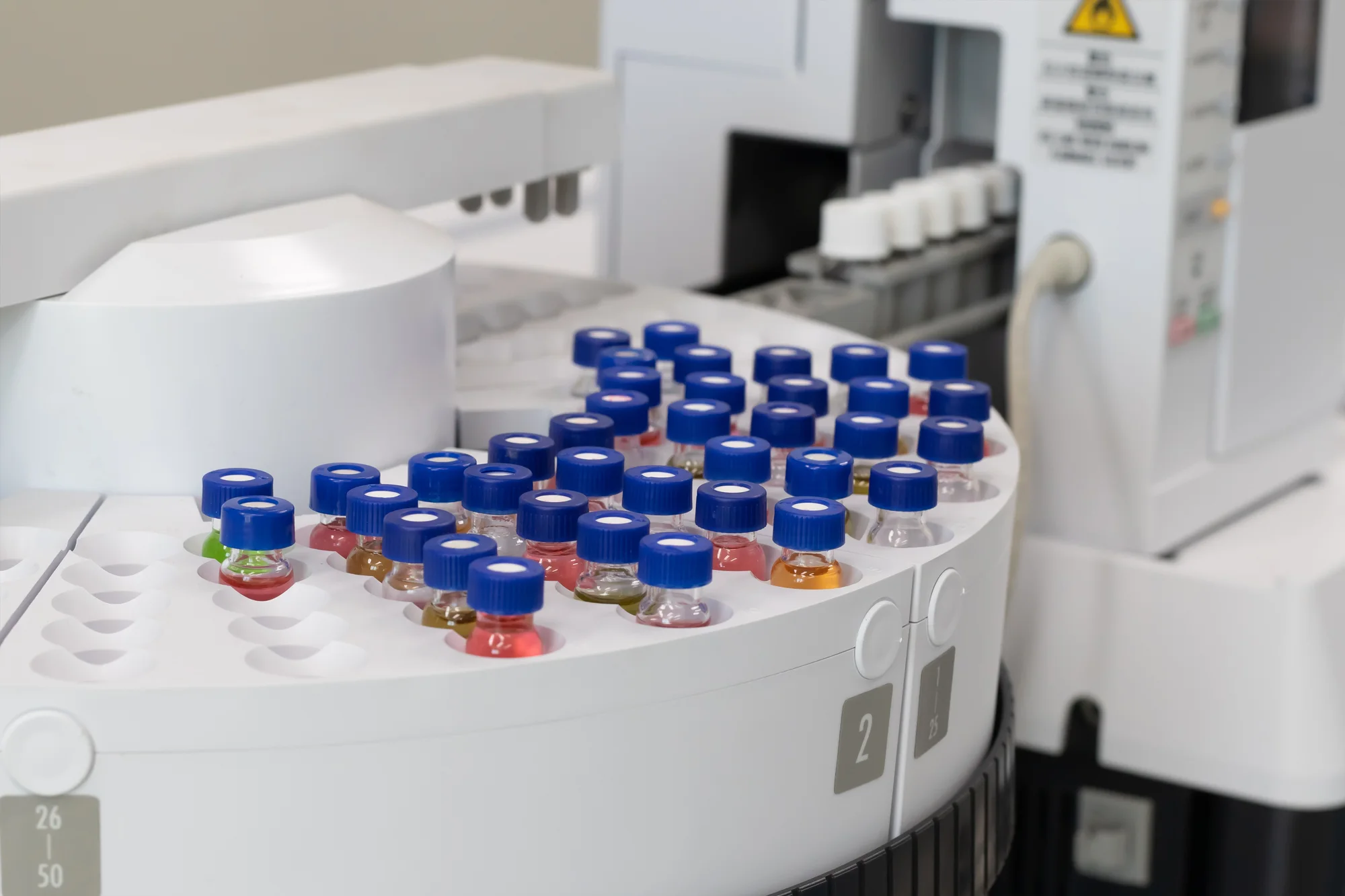Why this comparison matters now
Pharmaceutical manufacturing is changing fast as quality expectations rise and launch timelines compress. At the centre of this shift is process analytical technology, (PAT) which enables smarter control of critical process parameters and, in turn, smarter decisions about scale and release. Understanding batch manufacturing versus continuous manufacturing is not only a question of unit operations, but also a question of how data is generated and used. When process analytical technology is embedded across the workflow, both modes improve, and continuous manufacturing in pharma becomes more practical because quality can be demonstrated continuously. For both innovators and generics, this choice influences project risk, capital planning, and even dossier strategy, including the feasibility of real-time release testing.
What defines batch manufacturing
Characteristics, strengths, and typical use cases
Batch production runs material through a defined set of steps, then stops for cleaning, testing, and review. Each lot is distinct, which simplifies traceability and change control. Batch production remains the default for many small molecule processes and for a large share of biologics manufacturing steps because equipment is familiar, validation packages are mature, and scale is flexible. With process analytical technology, batch operations gain better in-process visibility, for example, tracking crystallization endpoints or monitoring moisture during drying. This helps reduce rework and shortens cycle times. Batch production can be ideal during early development when synthetic routes are still evolving, or when volume forecasts are uncertain and campaign scheduling provides useful flexibility.
Constraints that drive cost and time
The main limitations are idle time between unit operations, larger work-in-process inventories, and discrete sampling that may miss transient deviations. Quality testing is often performed on hold samples, which elongates the path to disposition. While real-time release testing is possible in batch settings, the full benefits are apparent only when there is tight alignment between sensors, models, and lot-defining specifications, which is harder when the process is stop-start by design.
What defines continuous manufacturing
Characteristics, strengths, and typical use cases
Continuous production feeds materials at controlled rates and withdraws product at similar rates, so the process runs in a steady state for extended periods. This mode suits reactions with stable kinetics and separations where residence time can be well controlled. Continuous manufacturing in pharma reduces hold times, enables smaller equipment footprints, and limits manual interventions. When supported by process analytical technology, such as spectroscopic monitoring and residence time distribution models, the line can adapt to minor input variability and keep quality within a tight window. This capability opens the door to real-time release testing because the state of control is demonstrated at each point, not only at the end.
Key Constraints
Continuous lines require upfront process design, robust feeding and mixing strategies, and fault detection that is fast and reliable. Tech packages must define start-up, steady-state, and shutdown protocols with clear diversion logic. Regulatory filings need strong justification for control strategies and state of control claims. In practice, success hinges on process analytical technology that is specified early, calibrated correctly, and maintained as part of routine operations.
The role of process analytical technology across both modes
From data to release decisions
Whether the process is batch or continuous, process analytical technology creates timely, high-fidelity signals about what is happening inside the reactor, dryer, filter, or filler. Chemometric models link signals to critical quality attributes. Control actions then keep the process inside the design space. With adequate model lifecycle management and sensor verification, manufacturers can move from end product testing alone to a combined strategy of in-process verification and targeted confirmatory tests. This is the practical path to real-time release testing.
Practical examples of impact
In batch crystallization, inline particle imaging and mid-infrared spectra help maintain supersaturation within limits so the particle size distribution stays consistent. In a continuous plug flow reactor, near-infrared or Raman spectroscopy tracks conversion in real time, while flow, temperature, and pressure instrumentation ensure residence time is on target. In both cases, the same principle applies rich in-process data shortens investigations, stabilizes yield, and supports confident disposition decisions. As more facilities standardize process analytical technology, differences between batch manufacturing vs continuous manufacturing become less about quality risk and more about business fit.

Choosing a mode that fits program goals
Five decision questions
First, how variable are the inputs. If raw material quality vary widely and cannot be standardized, a well-controlled batch may be easier to stabilize initially, although a continuous design with strong feedback control can handle variability once models are proven. Second, what is the expected lifetime volume. For short campaigns or uncertain demand, batch production is often more economical. For long runs or high annual volumes, continuous production usually reduces the cost per unit. Third, how digital and sensor-ready is the environment. If process analytical technology is mature on-site, the learning curve for continuous will be less steep. Fourth, how the regulatory strategy is framed. Programs that target real-time release testing benefit from continuous architectures but can also succeed with sensor-rich batch. Fifth, are there constraints tied to CDMO tech transfer. If a sponsor plans to transfer the process across sites, consider which mode the receiving plants can support and how quickly technology transfer can be executed without loss of control.
Implications for dossiers and inspections
Regulators focus on process understanding, control strategy, and data integrity, not labels like batch or continuous. A submission that explains the design space, the justification for models, and the lifecycle management of sensors will travel well through review and inspection. Where process analytical technology is central to control, validation must show model accuracy, calibration maintenance, and clear actions for out-of-trend behaviour. For real-time release testing, the filing should map how in-process measurements assure each attribute, when confirmatory tests are still performed, and how the approach maintains patient risk at or below the traditional standard. These principles are the same in batch manufacturing vs continuous manufacturing; the documentation emphasis differs in depth and architecture.
Where continuous brings distinct value
Speed, footprint, and quality by design
Continuous lines start small, reach steady state quickly, and scale by numbering up rather than building very large vessels. Material usage is efficient, which matters for high-cost intermediates. The same control framework that enables real-time release testing reduces deviation rates, which often lowers the cost of poor quality. For oral solid dose, continuous blending and tableting can stabilize content uniformity. For small molecule synthesis, telescoped continuous steps shorten cycle time and limit exposure to reactive intermediates. As sensor suites and process analytical technology keep improving, more sponsors consider continuous manufacturing in pharma during development rather than only after commercial launch.
Where batch remains the better choice
Complex biologics with long unit operations, processes with challenging fouling behaviour, and programs that need flexible campaign scheduling still favour batch. Equipment and cleaning validation are well understood, and many receiving plants are optimized for campaigns. CDMO tech transfer can be faster when the destination site already runs similar batch trains with qualified analytics. With strong process analytical technology, batch performance is very competitive, especially when cycle time losses are addressed systematically.
A balanced pathway forward
An important point to note is: the choice is rarely binary. Many programs adopt hybrid models such as continuous reaction with batch isolation, or batch upstream with continuous downstream polishing. The aim is consistent control of critical quality attributes, economical capacity, and clear, defendable release logic. Embedding process analytical technology early, designing for sensor access, and standardising data models make both batch and continuous pathways stronger. As the sector advances, expect more submissions that blend modes and demonstrate release confidence through tightly integrated sensing, modeling, and control.













